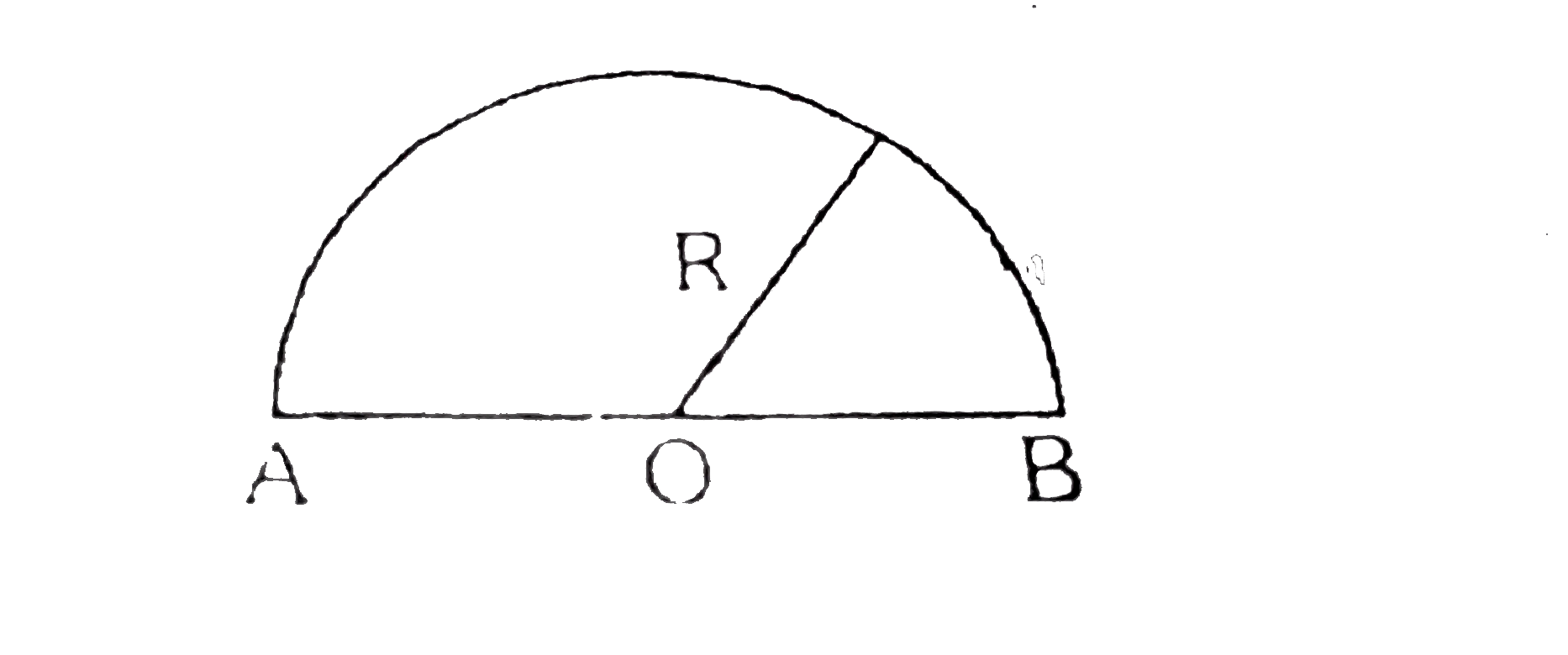What will be the numerical ratio of displacement to distance for a moving object?
To solve the question regarding the numerical ratio of displacement to distance for a moving object, we can break it down into two cases based on the type of motion: straight line motion and non-straight line motion.
1. Understanding Displacement and Distance:
- Displacement is defined as the shortest distance from the initial position to the final position of an object, along with the direction.
- Distance, on the other hand, is the total length of the path traveled by the object, regardless of direction.
2. Case 1: Straight Line Motion:
- When an object moves in a straight line, the displacement is equal to the distance traveled.
- Therefore, the ratio of displacement to distance in this case is:
Ratio=DisplacementDistance=dd=1
3. Case 2: Non-Straight Line Motion:
- When an object moves in a non-straight line (e.g., circular or zigzag path), the distance traveled will be greater than the displacement.
- In this case, the ratio of displacement to distance is:
Ratio=DisplacementDistance<1
- This is because the displacement is the shortest path between the starting and ending points, while the distance accounts for the entire path taken.
4. Conclusion:
- The numerical ratio of displacement to distance can be summarized as:
- For straight line motion: Ratio = 1
- For non-straight line motion: Ratio < 1
Final Answer:
The numerical ratio of displacement to distance for a moving object is:
- 1 (when moving in a straight line)
- Less than 1 (when moving in a non-straight line)
- Displacement is defined as the shortest distance from the initial position to the final position of an object, along with the direction.
- Distance, on the other hand, is the total length of the path traveled by the object, regardless of direction.
- When an object moves in a straight line, the displacement is equal to the distance traveled.
- Therefore, the ratio of displacement to distance in this case is:
Ratio=DisplacementDistance=dd=1
- When an object moves in a non-straight line (e.g., circular or zigzag path), the distance traveled will be greater than the displacement.
- In this case, the ratio of displacement to distance is:
Ratio=DisplacementDistance<1
- This is because the displacement is the shortest path between the starting and ending points, while the distance accounts for the entire path taken.
- The numerical ratio of displacement to distance can be summarized as:
- For straight line motion: Ratio = 1
- For non-straight line motion: Ratio < 1
The numerical ratio of displacement to distance for a moving object is:
- 1 (when moving in a straight line)
- Less than 1 (when moving in a non-straight line)
Similar Questions
Knowledge Check
The numerical ratio of displacement to the distance covered is always a) always equal to one b) always less than one c) always greater than one d) equal to or more than one
Aalways equal to oneBalways less than oneCalways greater than oneDequal to or more than one
What is the ratio of displacement to the path length traversed by an object, if the object comes back to its initial position?
View SolutionAn object covers 1/4 of the circular path, what will be the ratio of the distance and displacement of the object ?
View SolutionDistance is a scalar quantity. Displacement is a vector quqntity. The magnitude of displacement is always less than or equal to distance. For a moving body displacement can be zero but distance cannot be zero. Same concept is applicable regarding velocity and speed. Acceleration is the rate of change of velocity. If acceleration is constant, then equations of kinematics are applicable for one dimensional motion under the gravity in which air resistance is considered, then the value of acceleration depends on the density of medium. Each motion is measured with respect of frame of reference. Relative velocity may be greater/ smaller to the individual velocities.
A particle moves from A to B. Then the ratio of distance to displacement is :-

View SolutionA particle moves in a circle of radius R. In half the period of revolution its displacement is ………… and distance covered is ………. .
View SolutionA : The magntidue of average velocity in an interval can never be greater than average speed in that interval.
R : For a moving object distance traveled ≥|Displacement|
View SolutionIf the average velocity of an object is zero in some time interval , what can you say about the displacement of the object for that interval?
View SolutionThe velocity time graph of a body moving in a straight line is shown in the figure. The displacement and distance travelled by the body in 6 sec are respectively.

View Solution
